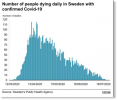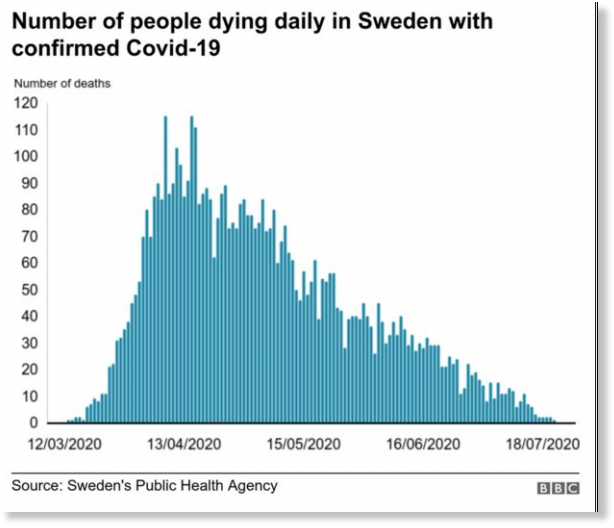Columbus could be next COVID-19 hot spot, says Dr. Deborah Birx in visit
Jul 26, 2020
Days after raising alarms about the rising rate of positive COVID-19 cases in Columbus and Cleveland, White House Coronavirus Response coordinator Dr. Deborah Birx stopped in Columbus to meet with state and local health officials.
Last week,
Birx warned officials in a private call that the positivity rate was trending up in about a dozen cities. On Saturday, she met with Gov. Mike DeWine, state agency directors, Columbus Public Health Commissioner Dr. Mysheika Roberts and others to discuss how to curb the increase.
Roberts told The Dispatch on Sunday that Birx said she was concerned that Columbus and other cities are on their way to becoming the next hot spots in the U.S., similar to spikes seen in the Gulf Coast.
Birx told the group that she had looked at data starting with the week of June 10 and that the city’s positivity rate was rising, Roberts said.
The Ohio Department of Health has released only the statewide positivity rate, and Roberts said she does not have access to private lab data that would help her determine the actual share of positive cases in the Columbus area.
After holding positivity rate under 5% in the earliest weeks of June, it has climbed in Ohio every week for more than a month. In the week that ended July 18, the statewide positivity rate was up to 6.3%, according to Dispatch research.
Public health experts have said the positivity rate should decrease if it isn’t spreading as the state opened testing to more people, including those who are not showing symptoms.
Testing has increased every month since the onset of the virus in March, and DeWine said last week he hopes the state again can double its testing capacity.
One of the attendees of an earlier meeting with Birx told Roberts that they discussed problems with the capacity of laboratories to complete tests for Ohio. Birx told the group she was working at the federal level on approval for hospitals to start using different equipment to analyze tests and expand capacity, Roberts said.
The city has nearly reached its goal of administering 2,500 tests a week, but Roberts said she expects that to dip again because of capacity problems in labs.
“I left feeling optimistic that we have a plan of action to help us with the lab capacity moving forward,” she said.
Franklin County consistently has produced the most coronavirus cases among Ohio’s 88 counties. As of Sunday, 15,682 cases were reported in Franklin County along with 489 deaths and 1,342 hospitalizations. Cuyahoga County had 11,697 cases, 449 deaths and 2,028 hospitalizations.
A Trump administration official said Birx discussed best practices on limiting coronavirus spread, including adhering to state and local guidelines and wearing masks.
Roberts said
Birx applauded Ohio’s statewide mask order and encouraged officials to limit the hours of places where the virus could spread and to limit social gatherings to 10 or fewer people.
She also
previewed a potential federal campaign to encourage people to wear masks at home to prevent spreading the virus to family members, such as the elderly or those with compromised immune systems, Roberts said.
[...]
Last week, DeWine expanded across the entire state a mask requirement that had been mandated in counties where the virus was spreading the most. Columbus City Council is expected to act Monday on legislation that would
force bars, nightclubs and restaurants to close by 11 p.m. starting Tuesday.
Columbus has struggled to pinpoint where the virus is spreading in central Ohio, but Roberts said Sunday that it clearly is the product of community spread. The sprawling metropolitan area provides ample opportunity for people to co-mingle, she said.
“Most of our cases don’t know where they got it but they’re also telling us they’re not hunkering down at home,” she said.
The state reported on Sunday another 889 Ohioans tested positive for the coronavirus. So far, the state has had 84,073 confirmed and probable cases of the virus.
About 1.3 million tests have been administered for the virus in Ohio since the outbreak began, according to the Ohio Department of Health. Virus symptoms can take up to two weeks to appear.
On Sunday, the state reported another 10 deaths from COVID-19 after not logging a single death on Saturday. So far, 3,307 people have died in Ohio from the virus, according to state data, with most of those occurring in nursing homes.
Days after raising alarms about the rising rate of positive COVID-19 cases in Columbus and Cleveland, White House Coronavirus Response coordinator Dr.

www.dispatch.com


 www.sott.net
www.sott.net












